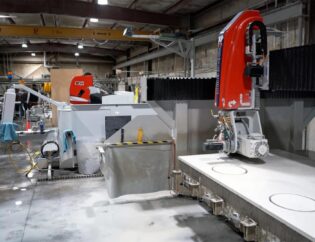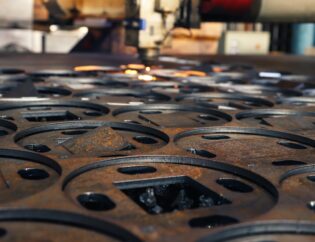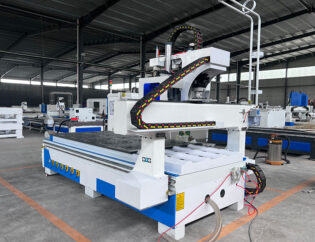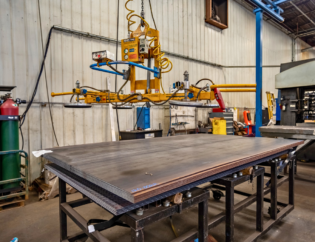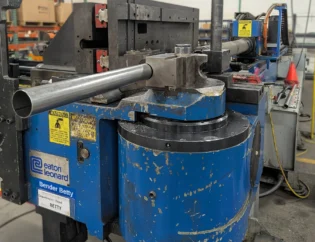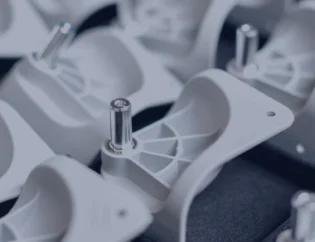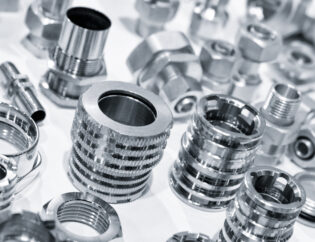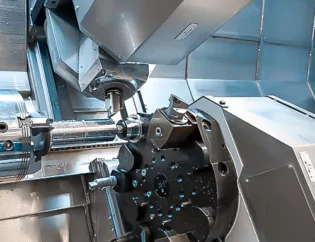CNC routing wood is a transformative process that combines precision engineering with creative craftsmanship. As technology advances, more woodworkers and hobbyists are turning to CNC routers to enhance their projects. This guide will delve into the intricacies of CNC routing, offering insights into techniques, tools, and best practices that elevate woodworking to new heights.
Readers can expect to learn about the fundamentals of CNC routing, including machine setup, software selection, and design considerations. We will explore various wood types and their unique properties, ensuring you choose the right material for your projects. Additionally, tips for troubleshooting common issues will empower you to tackle challenges confidently.
By the end of this guide, you will have a comprehensive understanding of CNC routing wood, enabling you to create intricate designs and achieve professional-quality results. Whether you are a beginner or an experienced woodworker, this resource will inspire you to harness the full potential of CNC technology in your woodworking endeavors.
The Best Woods For CNC Routing (Softwood & Hardwood)
Wood is the most popular material for CNC routing, but with so many types of wood to choose from, it’s important to know which type is best suited for different projects. In this guide, I’ll reveal the best wood for CNC routing. I’ve split this article into hardwoods, softwoods, and engineered woods to help you find the right material for whatever you want to make.
Understanding CNC Routing
CNC routing stands for Computer Numerical Control routing, a process of cutting materials, typically wood, using a computer-controlled router. This technology allows for high precision and efficiency, enabling the execution of complex designs that are difficult to achieve manually. The choice of wood significantly impacts the quality of the final product, making it essential to understand the properties of different wood types.
Best Woods For CNC Routing
Comparison of Wood Types
| Wood Type | Hardness | Workability | Common Uses | Aesthetic Appeal |
|---|---|---|---|---|
| Hardwoods | ||||
| Maple | Hard | Easy | Furniture, cabinetry, intricate carvings | Smooth grain, light color |
| Walnut | Medium | Moderate | High-end furniture, decorative projects | Rich color, fine grain |
| Oak | Hard | Moderate | Structural components, rustic designs | Prominent grain, durable |
| Cherry | Medium | Easy | Fine woodworking, premium finishes | Warm tones, smooth finish |
| Softwoods | ||||
| Pine | Soft | Very easy | Signage, decorative items | Light color, easy to carve |
| Cedar | Soft | Easy | Outdoor furniture, decorative elements | Aromatic, straight grain |
| Fir | Soft | Easy | Construction, larger furniture pieces | Straight grain, light color |
| Spruce | Soft | Easy | Musical instruments, lightweight constructions | Uniform texture, light color |
| Engineered Woods | ||||
| MDF | Soft | Very easy | Signage, furniture, prototypes | Uniform density, smooth surface |
| Plywood | Varies | Easy | Structural components, cabinetry | Layered appearance, versatile |
Best Softwoods
Softwoods are typically less dense than hardwoods and come from conifer trees. They are often easier to work with, making them ideal for beginners. Here are some of the best softwoods for CNC routing:
– Cedar: Excellent for outdoor furniture due to its weather resistance and distinct aroma.
– Cypress: Used in furniture, it is decay-resistant and easy to carve.
– Pine: Affordable and easy to machine, making it suitable for various projects.
– Redwood: Known for its rich color, it is popular for outdoor structures.
– Spruce: Lightweight and used in construction and musical instruments.
Best Hardwoods
Hardwoods are denser and more durable, making them ideal for detailed work and products that demand longevity. Here are some of the best hardwoods for CNC routing:
– Maple: Versatile and dense, it produces crisp, detailed cuts.
– Walnut: Known for its rich color and smooth grain, perfect for high-end projects.
– Oak: Durable and suitable for structural components and rustic designs.
– Cherry: Valued for its smooth grain and warm tones, excellent for fine woodworking.
Best Engineered Woods
Engineered woods are manufactured products designed for consistency, making them ideal for CNC routing in specific applications. Here are some popular options:
– MDF (Medium-Density Fiberboard): Easy to route, offering a uniform density and no grain to worry about.
– Plywood: Strong and versatile, with layers of wood veneer glued together.
– HDF (High-Density Fiberboard): Denser and more durable than MDF, ideal for projects requiring a smooth finish.
Technical Features of CNC Routing
When selecting wood for CNC routing, consider the following technical features:
| Feature | Description |
|---|---|
| Hardness | Affects tool wear and cutting speed; harder woods require slower speeds. |
| Grain Structure | Straight grains are easier to work with; interlocking grains can cause splintering. |
| Moisture Content | Ideal moisture levels (6-8%) prevent warping and ensure consistent cuts. |
| Tool Selection | Carbide-tipped bits are preferred for hardwoods; softer woods may require broader flutes. |
| Feed Rate | Adjust based on wood type; slower for harder woods to prevent burning. |
How to Choose the Right Wood
Choosing the right wood for your CNC routing project depends on several factors:
- Project Requirements: Consider the aesthetics, durability, and functional application of the wood.
- Processing Complexity: Evaluate the machinability of the wood based on its grain structure and hardness.
- Budget Constraints: Balance the desired qualities of the wood with your available budget.
Conclusion
Selecting the best wood for CNC routing is crucial for achieving high-quality results. Whether you opt for hardwoods like maple and walnut or softwoods like pine and cedar, understanding the properties of each type will help you make informed decisions. Engineered woods like MDF and plywood offer consistency and ease of use, making them suitable for various applications. By considering project requirements, processing complexity, and budget constraints, you can maximize the potential of your CNC routing projects.
FAQs
1. What is the best wood for CNC routing?
The best wood depends on your project. Hardwoods like maple and walnut are ideal for detailed work, while softwoods like pine and cedar are great for beginners.
2. Can I use MDF for CNC routing?
Yes, MDF is an excellent choice for CNC routing due to its uniform density and ease of cutting, making it suitable for detailed designs.
3. How does moisture content affect CNC routing?
Proper moisture content (6-8%) is essential to prevent warping and ensure consistent cuts. High moisture can lead to tool clogging and uneven machining.
4. What tools should I use for CNC routing hardwoods?
Carbide-tipped bits are recommended for hardwoods due to their durability and heat resistance, ensuring clean cuts and longer tool life.
5. Is it necessary to sand wood before CNC routing?
Yes, sanding the wood surface helps remove irregularities and prepares it for precise machining, resulting in a smoother finish.

